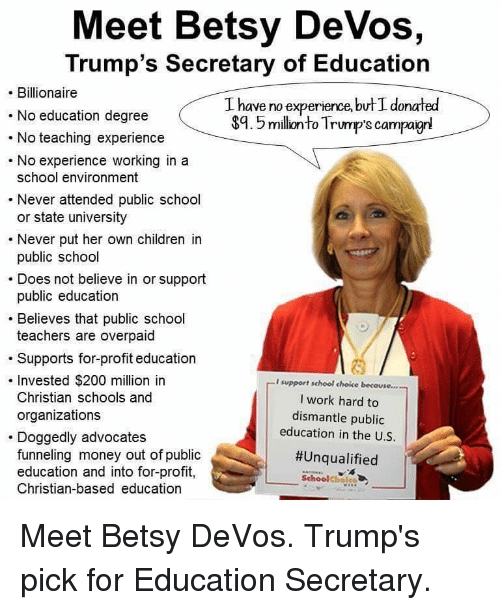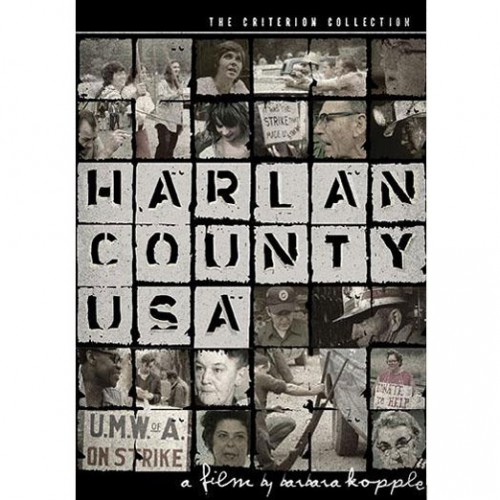It feels like my articles have been bouncing around a bit,
but following what the PEOTUS is doing can give a person whiplash. That being
said, I believe that it’s time for some background that might help explain a
bit of what is going on between the U.S., Russia and China. The idea that we
need to look at is Inter-imperialist
Rivalry.
https://www.quora.com/What-if-India-and-China-colonized-the-world-instead-of-Europe
The chart above shows the percent of world GDP held by
different parts of the world through the last 2000 years of history. It is
interesting to note that prior to colonization of Africa and the Americas by
Europe, and the enslavement of Africans, China and India were the world’s
leading manufacturing powers. But we can see that starting around 1600 AD
Europe begins to surpass Asia. Thus is due mostly to riches gathered from
colonies in Africa and the Americas and the use of slave labor to mine for gold
and grow crops. By the 1800’s the industrial revolution and the control of
Asian ports by European countries, had boosted Western Europe above Asia, with
the U.S. closing in.
The idea that we need to look at is Inter-imperialist Rivalry.
1800 – 1913 – Intra-European Rivalries
During the late 1800’s European countries had divided up the
world and fighting among themselves for control. The Napoleonic Wars, the
Crimean War and the Franco-Prussian Wars were the biggest of the dozens of
conflicts that took place within Europe between 1800 and 1900. At the same time
European countries were also fighting their colonies, with England, Spain and
France coming out as the big winners. The resources that these colonies
provided helped England and France develop their industrial prowess and helped
set up one side of WW I. Meanwhile the United States was taking control of
Central and South America and expanding its influence in Asia
1917-1939 – Europe Divides the Middle East
After WW I the industrial powers of Europe needed a consistent
source petroleum for fuel and for raw materials. The Middle East, in particular
the Saudi Peninsula and Iran became this source. The Ottoman Empire had fought
with the Germans and were on the losing side of WWI. England and France
stepped in after the war taking direct control of some parts and fomenting
nationalist independence movements (Lawrence of Arabia anyone?) in others.
Throughout this era, the United States continued to strengthen its hold on
resources in Central and South America, while building military bases in Hawaii
and Manila to exert more power in Asia.
Post WW 2 – 1945-1970
The United States was the only major industrial power to emerge from World War 2 with its factories unscathed
This is a key era in figuring out what is happening today. The
United States was the only major industrial power to emerge from World War 2
with its factories unscathed. Also, finding that the armies of their colonizers
had been greatly weakened by the war, European colonies in Africa and Asia
pushed for independence, depriving many European powers of the inexpensive
resources. This left the United States in a unique period. While there was a
military rivalry with the USSR, and proxy wars around the world, the U.S. was
really a uni-polar manufacturing power during this period. This allowed
companies in the U.S. to pay salaries that were very high compared to
historical amounts, while still maintaining large profits. The ruling class was
able to buy labor peace because they were not facing major competition from
foreign powers.
Today
When both leaders talk about expanding their nuclear arsenals ON THE SAME DAY, that is not a coincidence, it is a warning to China.
Today we live in a multi-polar world. The U.S., Europe,
China, India, Brazil are all major players looking to increase influence and
markets. Usually this is done with a veneer of civility, through trade
agreements. And the past eight years have shown that the United States has been
moving toward a greater tie to Asia and China. The Pacific Rim Partnership
meetings have been as important as the G-7 and G-20 meetings in Europe.
But not all members of the ruling class are happy about this
development. There are people and companies that want the U.S. to be more
confrontational with China. Remember, they were left out when China made a deal
with France and Saddam Hussein to develop the Iraqi oil fields back in 2000.
According to a
paper published by the right-wing Heritage Foundation in February of 2003,
France controlled 23% of Iraq oil exports, while the U.S. was barred from the
fields. Shortly after this, the U.S. invaded Iraq, removed Hussein from power,
and negated all contracts he had negotiated.
It has become obvious that Trump is backed by the section of
the ruling class that wants closer ties to Russia and more confrontation with
China. We have all heard and read about Russia’s efforts is getting Trump
elected. His appointment of Rex Tillerson as Secretary of State means that there
is no attempt to hide who is making the decisions in this outfit. The U.S.
government will be run openly by Exxon oil. The U.S. government will remove
sanctions on Russia that have prevented the finalization of $500BILLION deal to
develop Russian oil fields, a total about-face from the current U.S. policy.
Trump and Putin will also work together to try and slow or
stop China’s expansion. When both leaders talk about expanding their nuclear
arsenals ON THE SAME DAY, that is not a coincidence, it is a warning to China.
Why? Because China’s response to Trump talking with Taiwan’s leader was to have
multiple flights of its nuclear bomber over the South China Sea. China has also
been expanding its military bases in the South China Sea. This is a dangerous
game of superpower one-upmanship.
So what does this mean for us, the average people of the
world? Well, we will probably see more Russian conflict in Eastern Europe, more
conflicts with China and less stability in Latin America where China has been
expanding its influence. We will see more Russian and Irani influence in the
Middle East. This instability raises a greater chance of war. I also think that
more people will see through this growing fascism and the need to maintain
internal order in the U.S. will bring more and more repressive policies here. So
we, the workers here in the U.S. and around the world, need to organize and be
ready to fight against this growing tide of war and fascism.




